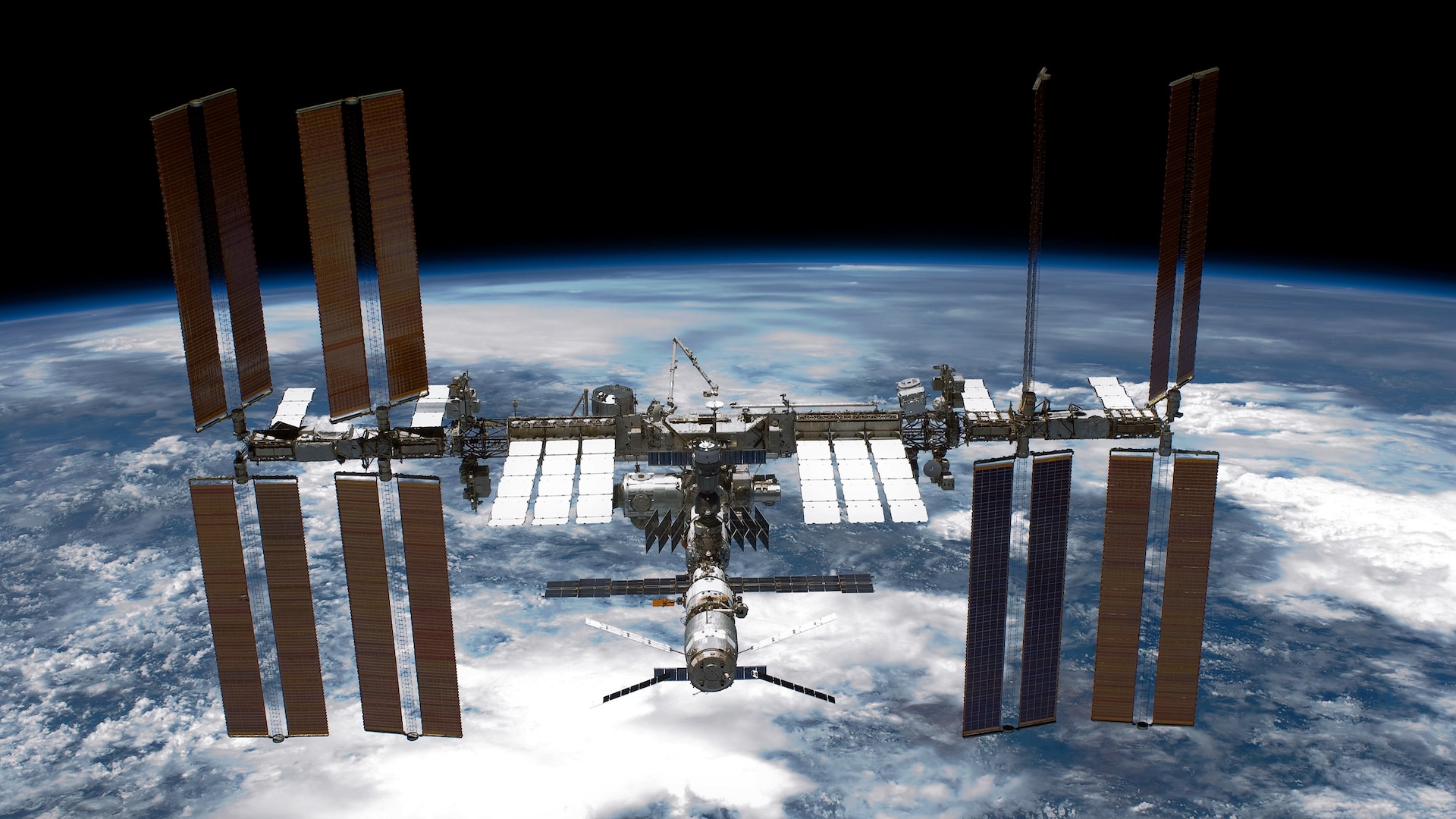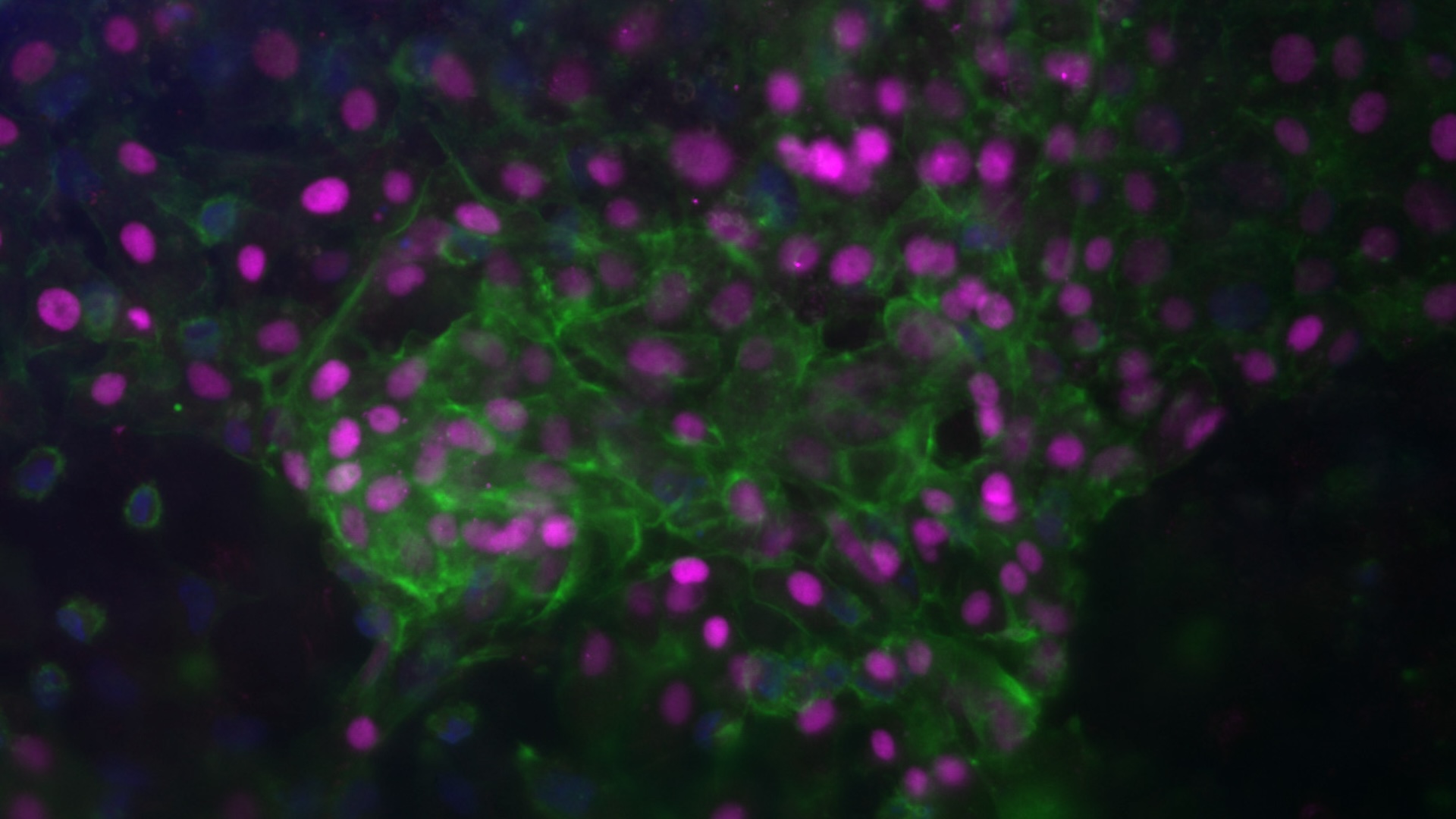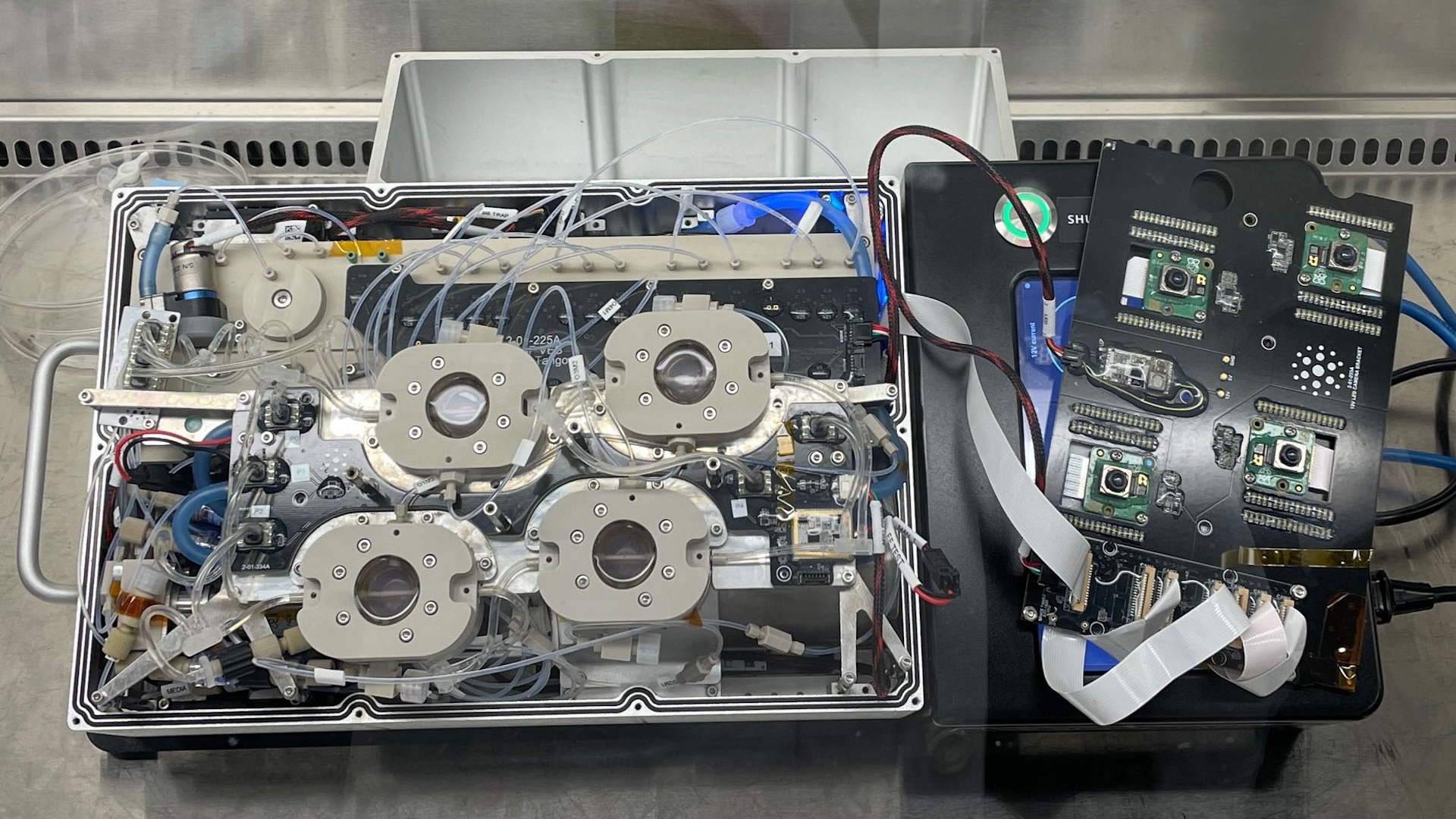Astronauts to grow livers in space, where microgravity might help them thrive
Researchers think that microgravity could help grow liver "organoids" that could be used in medical research and even in transplant surgeries, someday.

Miniature livers will fly aboard the International Space Station in an upcoming study on whether microgravity can encourage the growth of healthy tissue with an ample blood supply.
It's an effort that could potentially lead to personalized, space-grown tissues and organs for use in transplant surgeries, scientists say. In two upcoming experiments, researchers plan to test how well the liver tissue grows in microgravity, as well as trial new technology designed to keep this tissue alive but super-cooled for its journey back to Earth.
"My ultimate goal for these tissues, if they are doing what we imagine and hope they are able to become with the help of microgravity, is to use these tissues for therapy," said Dr. Tammy Chang, a professor of surgery at the University of California, San Francisco. Tissue could be transplanted to treat a variety of liver-function diseases and disorders, Chang told Live Science.
Growing tissues in laboratory dishes on Earth can be challenging, in part because gravity pulls cells into contact with the bottom of a plate or dish. Gravity also puts cells under shear stress because, to keep the cells suspended as they grow, their dish needs to be agitated. In nature, after all, organs emerge in a developing embryo as it floats in amniotic fluid in the womb, or in the fluid cushion provided by an egg.
These everpresent challenges with gravity have led researchers to develop rotating bioreactors that simulate a low-gravity environment by spinning very quickly. This allows tissues and miniature organs, or "organoids" to grow in artificial conditions, but these rotating vessels also put stresses on tissues, especially as the cell clusters within them get larger.
Related: Scientists discover new type of cell in the liver
Chang and colleagues think organoids might grow better in a sustained, high-quality microgravity environment like that found on the International Space Station.
Sign up for the Live Science daily newsletter now
Get the world’s most fascinating discoveries delivered straight to your inbox.
"These organoids that are typically the size of 200 microns in diameter, which is 0.2 millimeters [0.008 inches], will be able to further organize and interact with each other to develop larger tissues and, in particular, tissues that are vascularized," said Chang, who presented her research at the American College of Surgeons Clinical Congress 2024 in San Francisco on Tuesday (Oct. 22). Vascularized tissues are imbued with many blood vessels.


To grow their space-age liver organoids, Chang and her team use "induced pluripotent stem cells," which are adult cells reprogrammed to be stem cells that can give rise to different kinds of tissue. The researchers then coax these engineered stem cells to transform into liver cells and grow the cells in a special spherical bioreactor, called Tissue Orb. This globular reactor has a central conduit mimicking a blood vessel at its center. Nurturing organoids with this kind of circulatory system is key to growing larger pieces of tissue.
"Our concept is that these organoids in the main chamber can coalesce and interact with the central conduit and develop a more complex and larger vascularized tissue," Chang said.
The upcoming liver-tissue experiment will fly to the ISS in early 2025. The tissues will grow aboard the station for two weeks and then be fixed — set in a preservative solution — for analysis back on Earth. A second experiment, likely to take place later in 2025 or in early 2026, will test a supercooling system for bringing back live tissues Earthside.
These miniature livers aren't the first organoids grown aboard the ISS. Researchers are using space-grown organoids to investigate questions ranging from how the brain ages to how cancer develops and responds to drugs.
Flying an experiment aboard the space station is the culmination of many years of work, Chang said: "It is very exciting to have an experiment going aboard the ISS."
Ever wonder why some people build muscle more easily than others or why freckles come out in the sun? Send us your questions about how the human body works to community@livescience.com with the subject line "Health Desk Q," and you may see your question answered on the website!

Stephanie Pappas is a contributing writer for Live Science, covering topics ranging from geoscience to archaeology to the human brain and behavior. She was previously a senior writer for Live Science but is now a freelancer based in Denver, Colorado, and regularly contributes to Scientific American and The Monitor, the monthly magazine of the American Psychological Association. Stephanie received a bachelor's degree in psychology from the University of South Carolina and a graduate certificate in science communication from the University of California, Santa Cruz.










